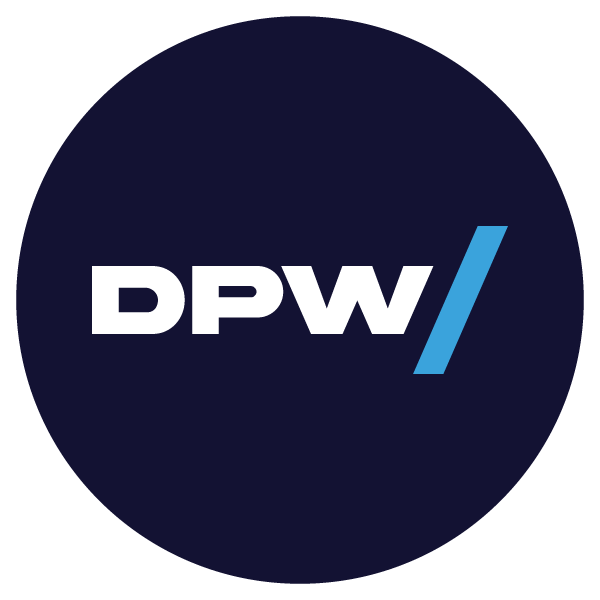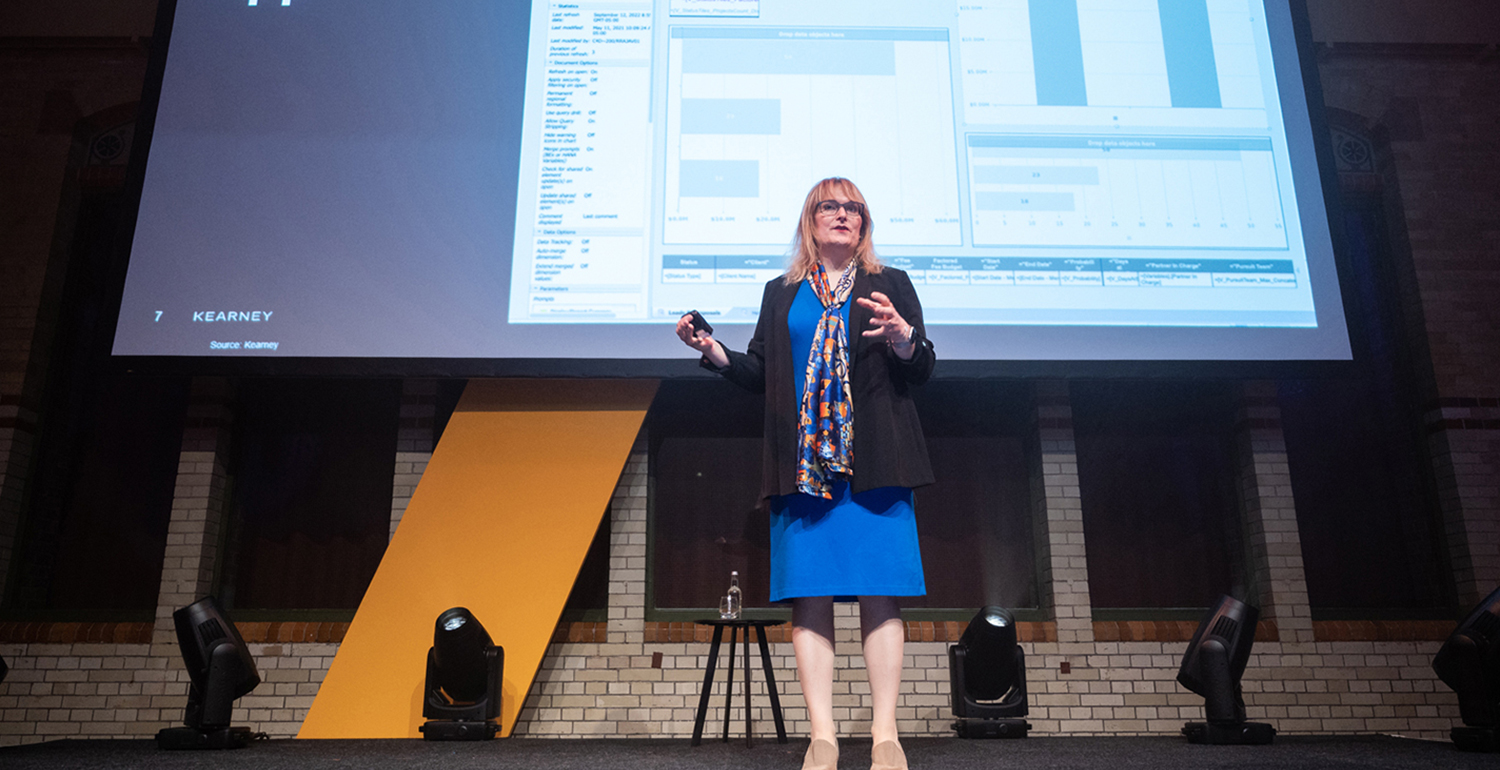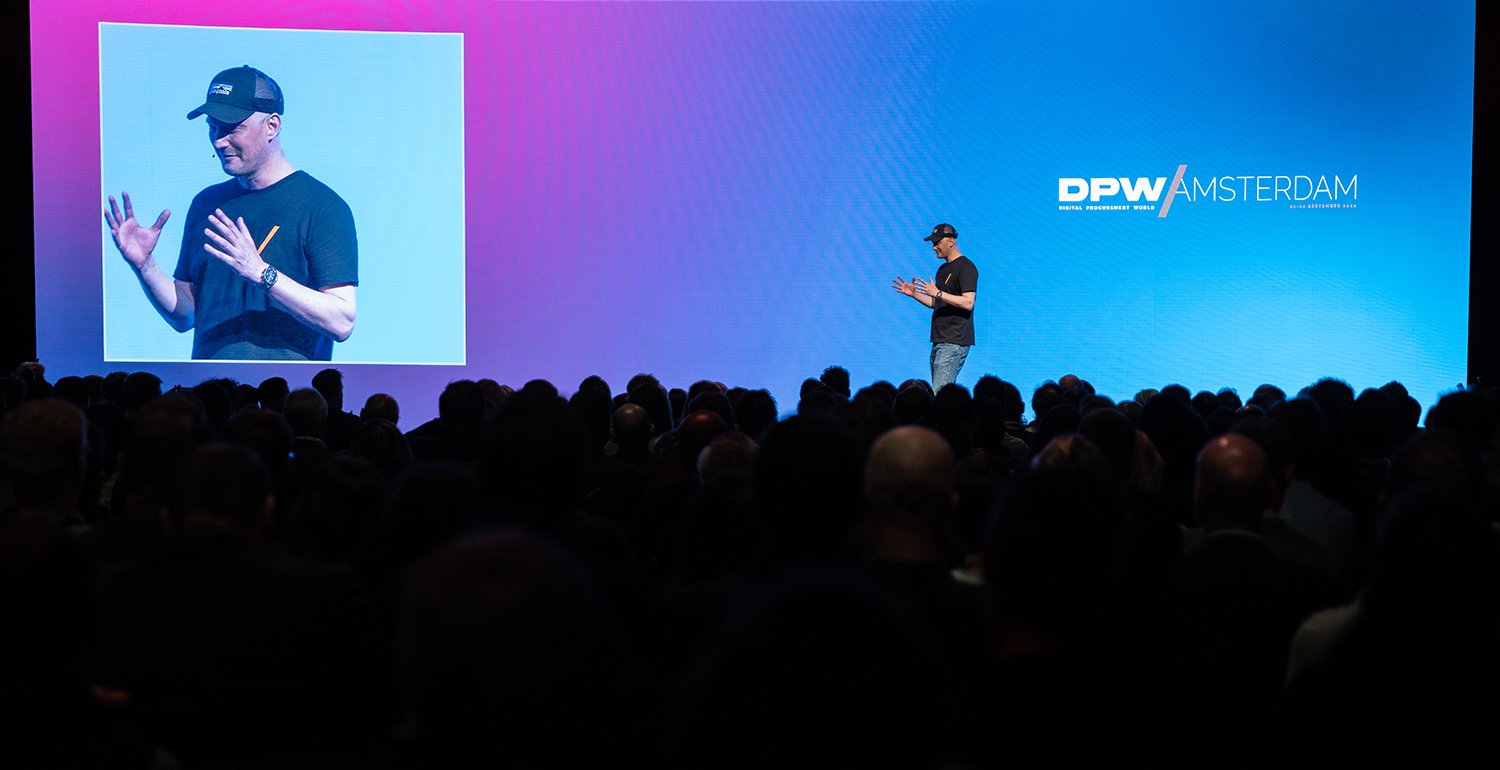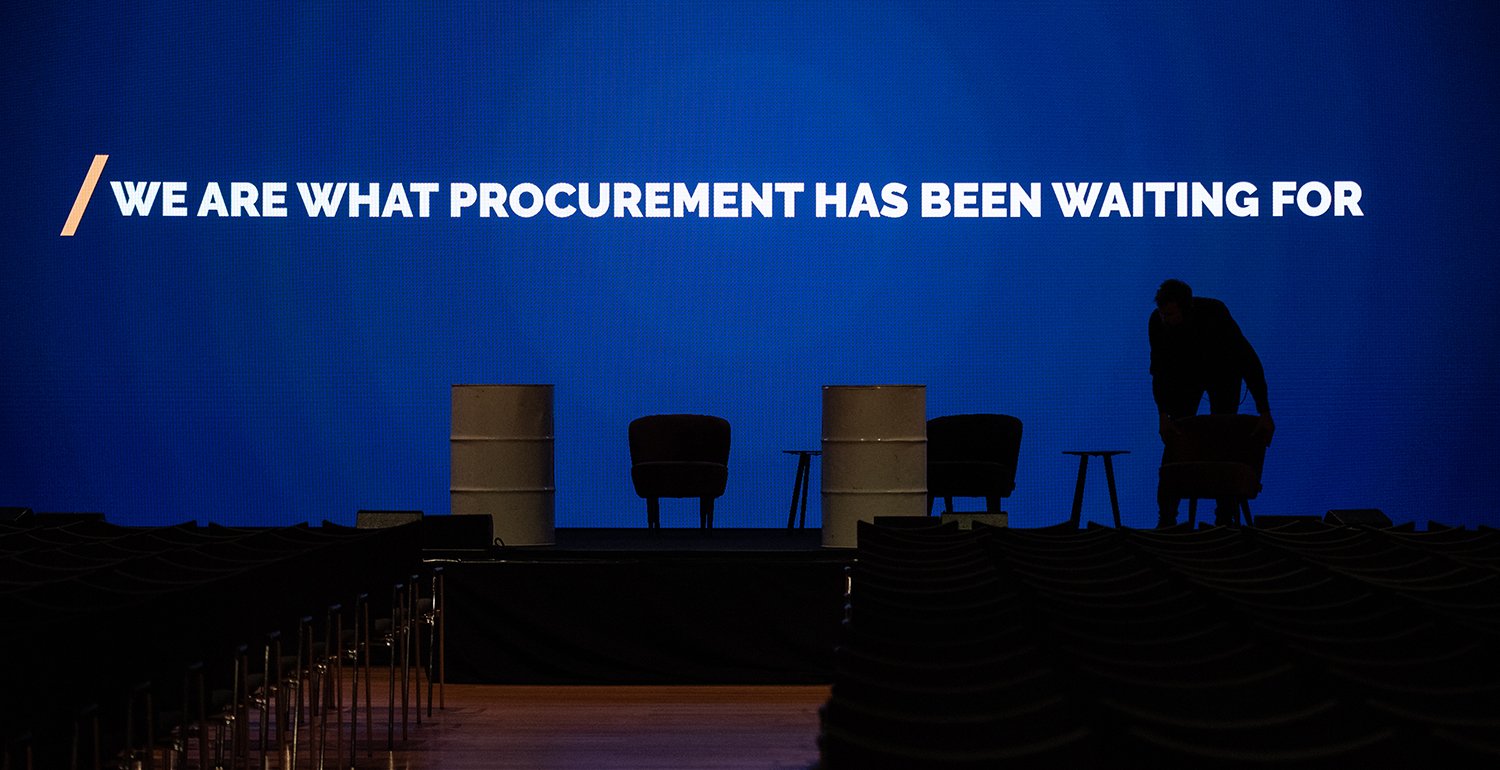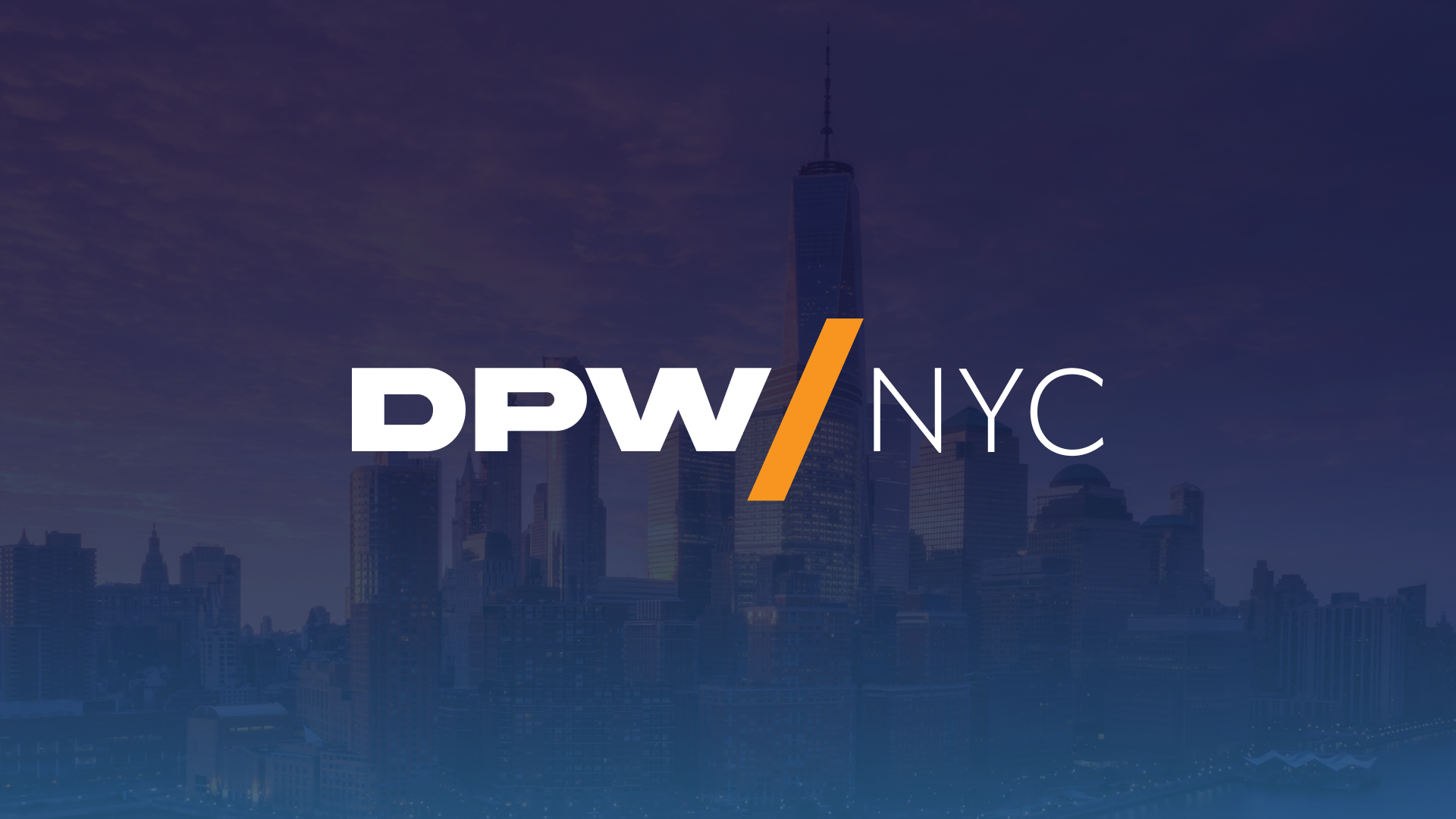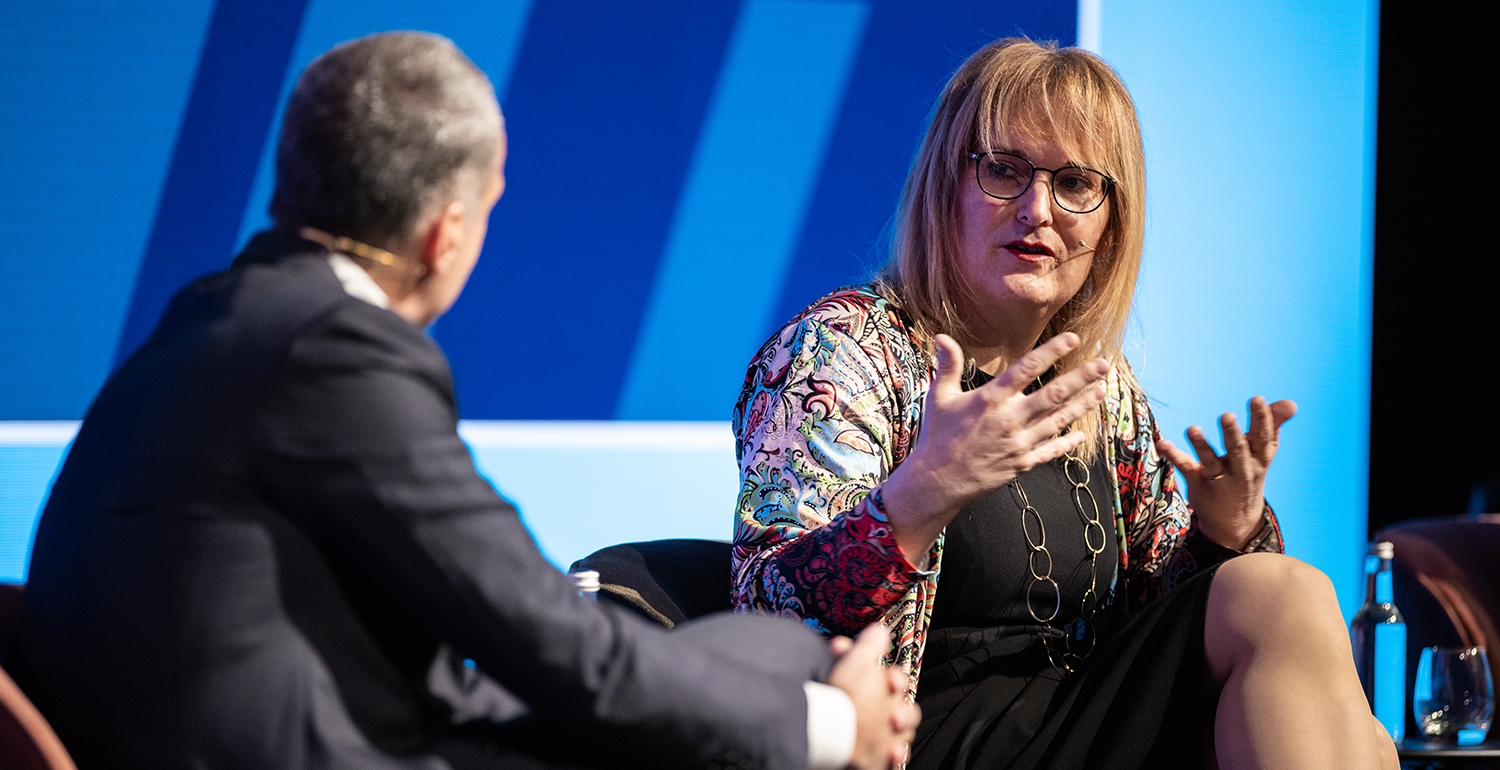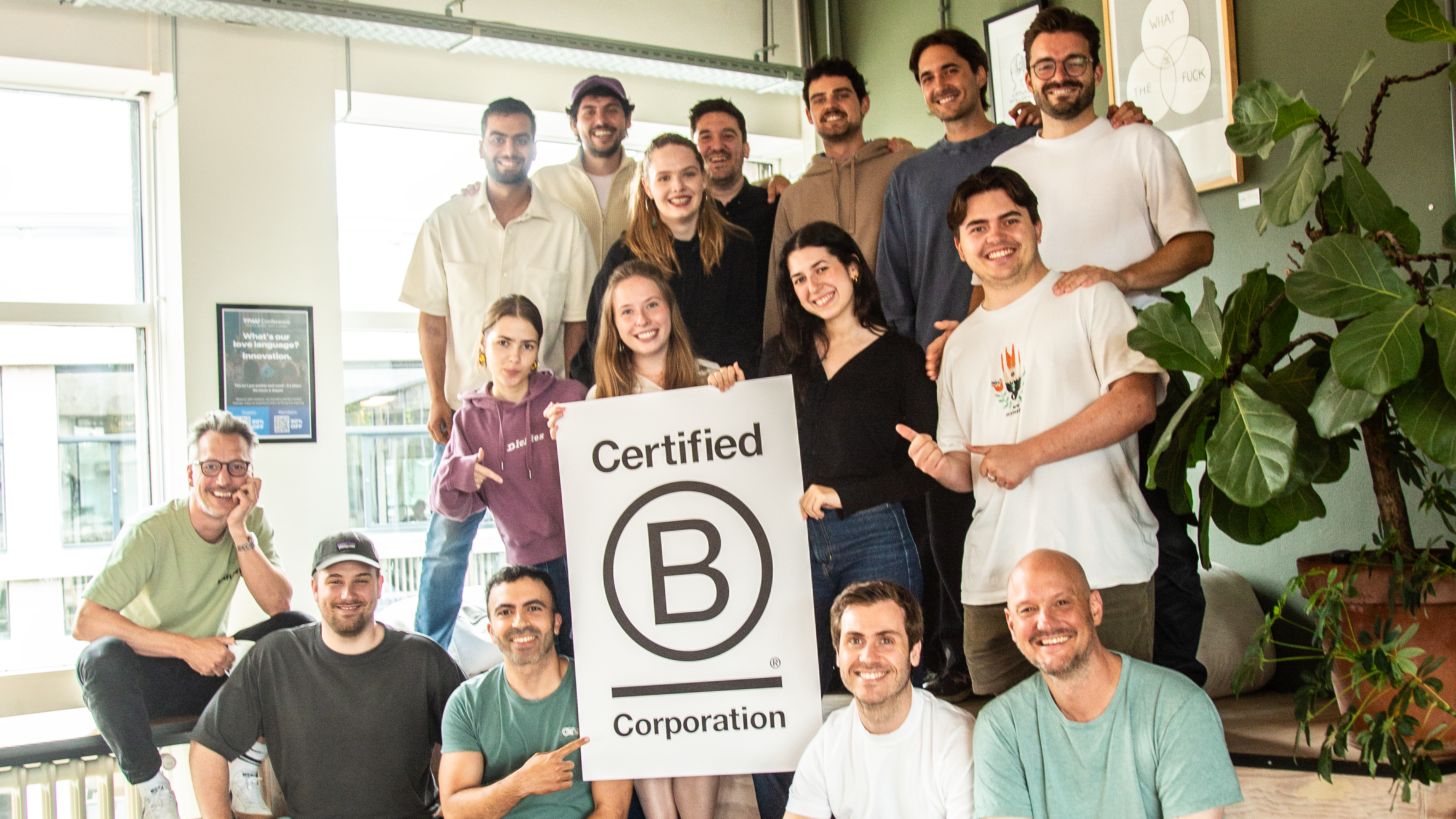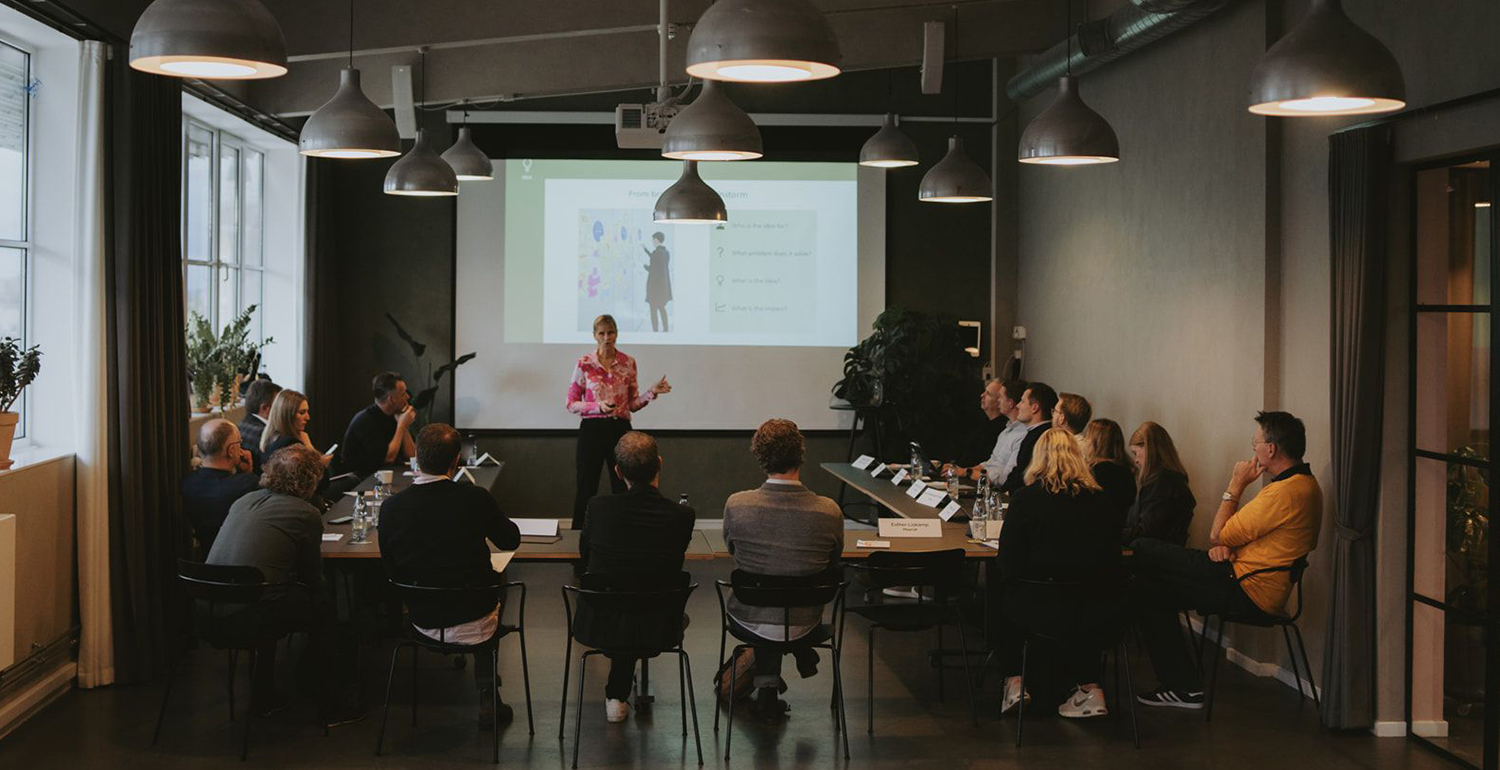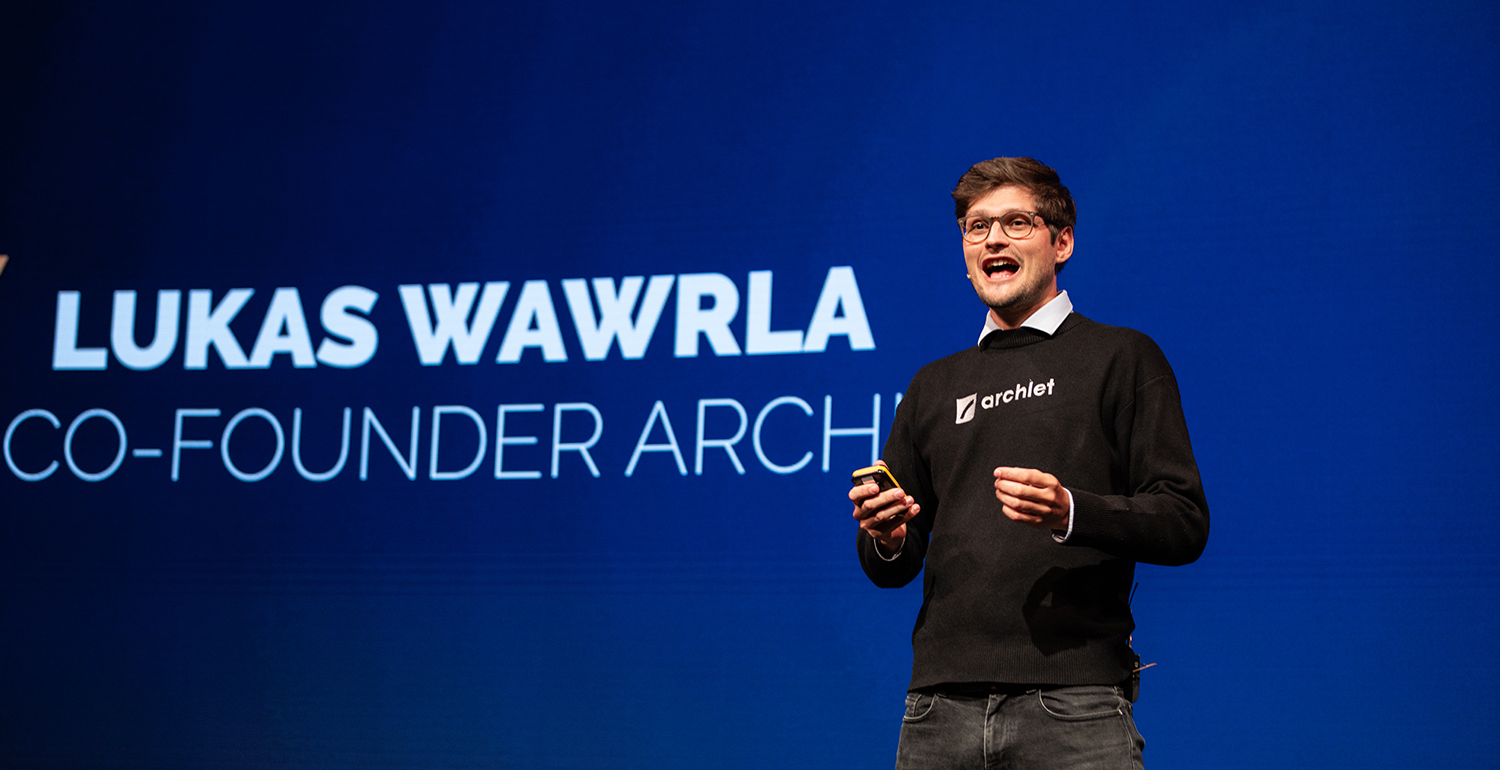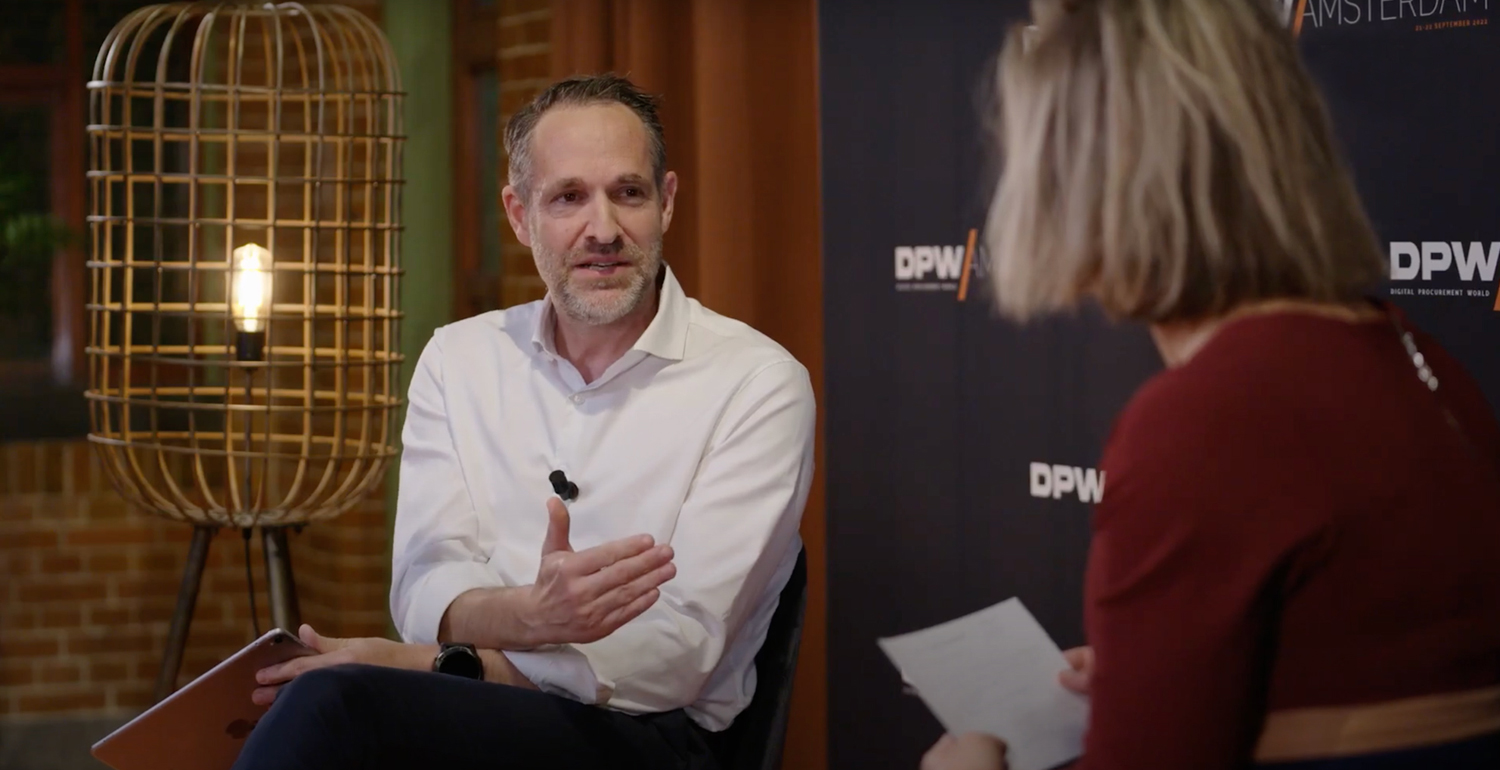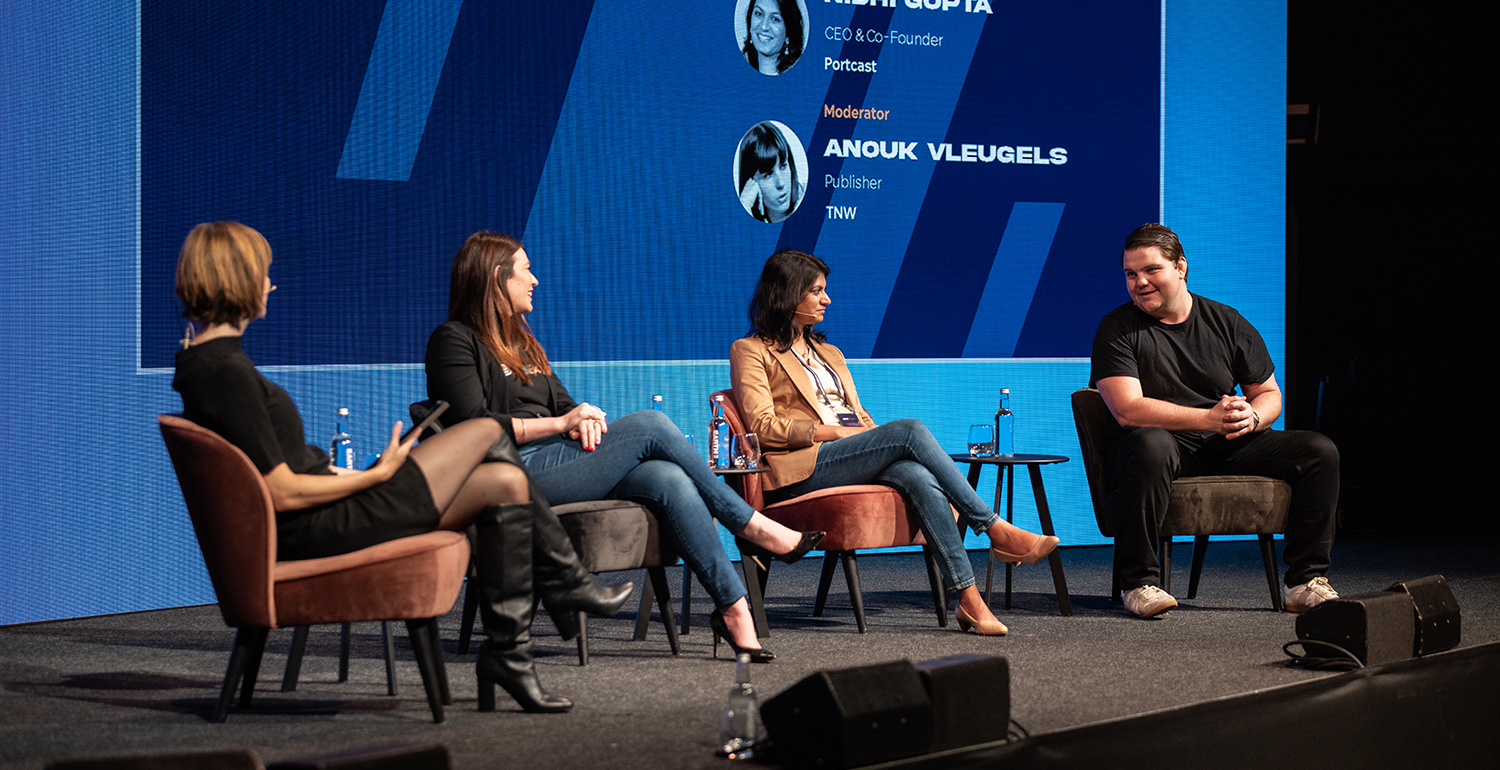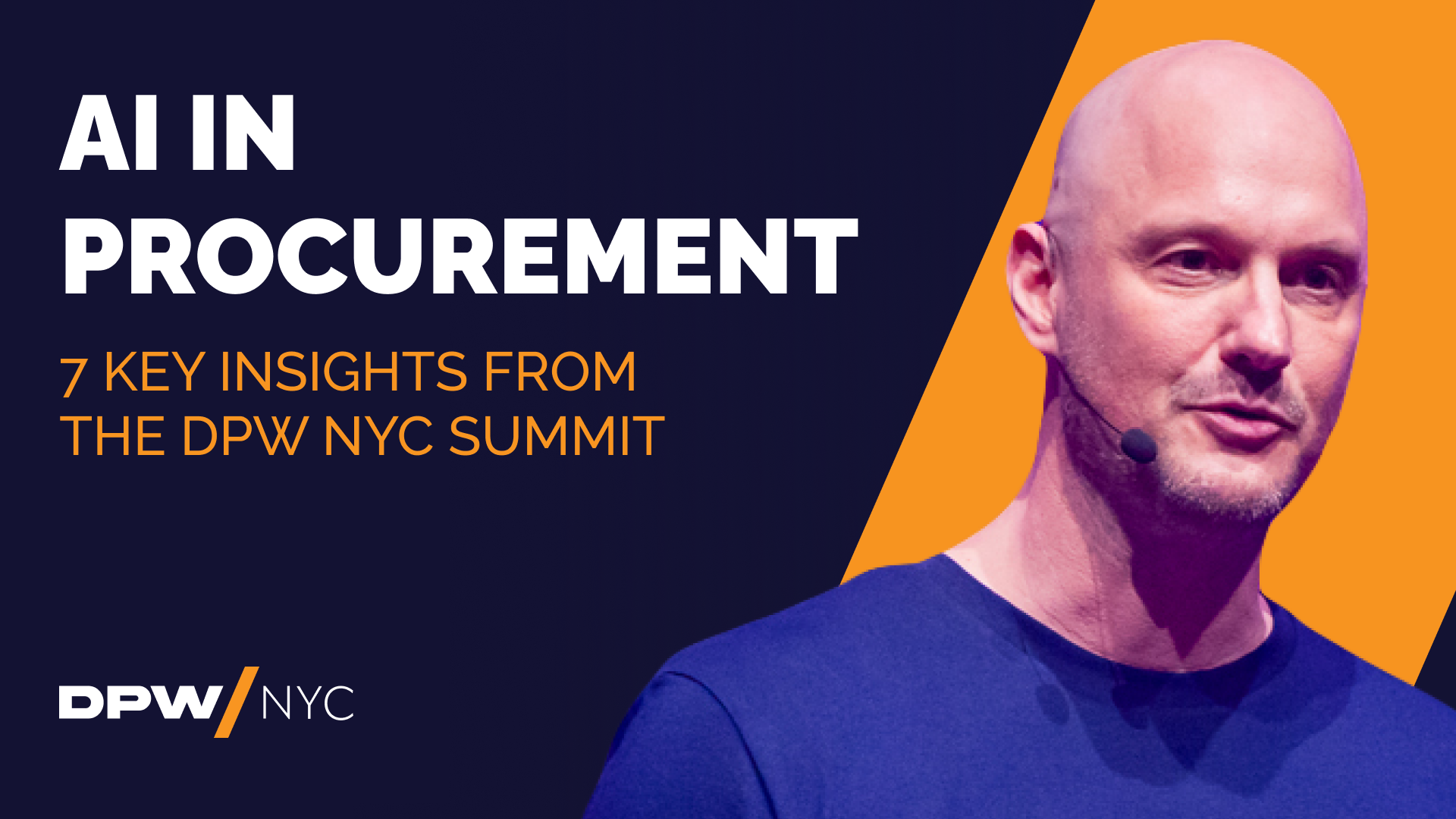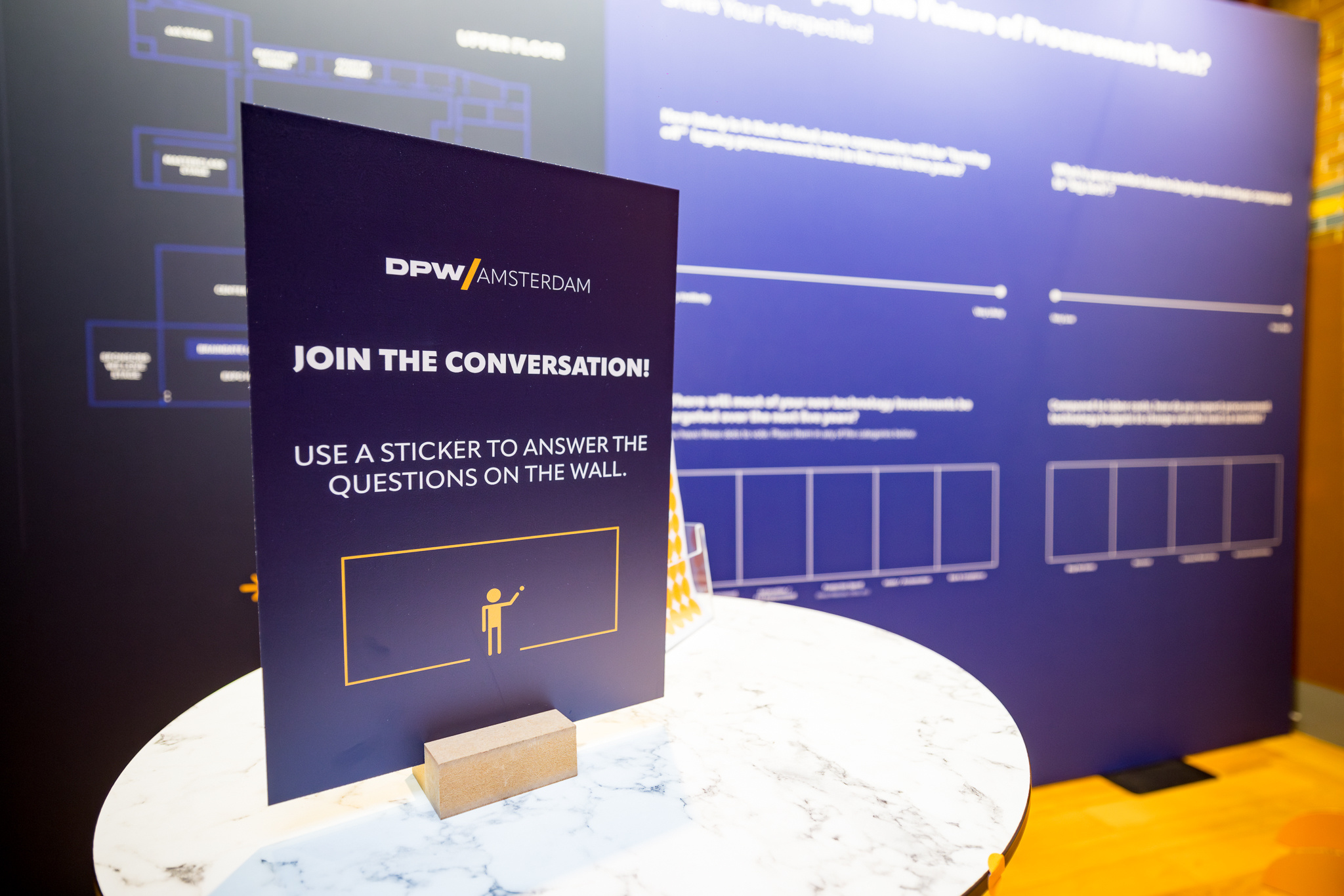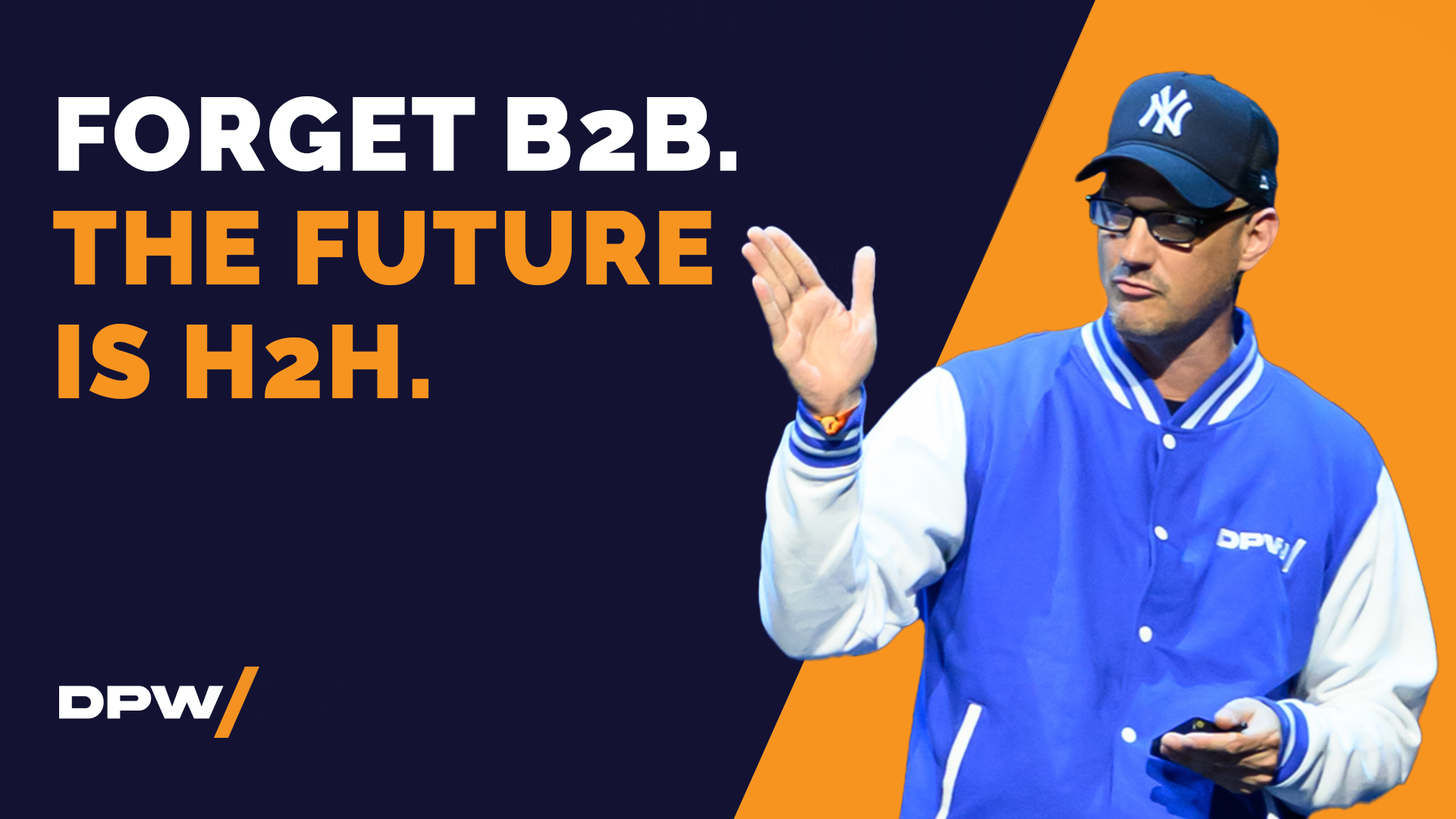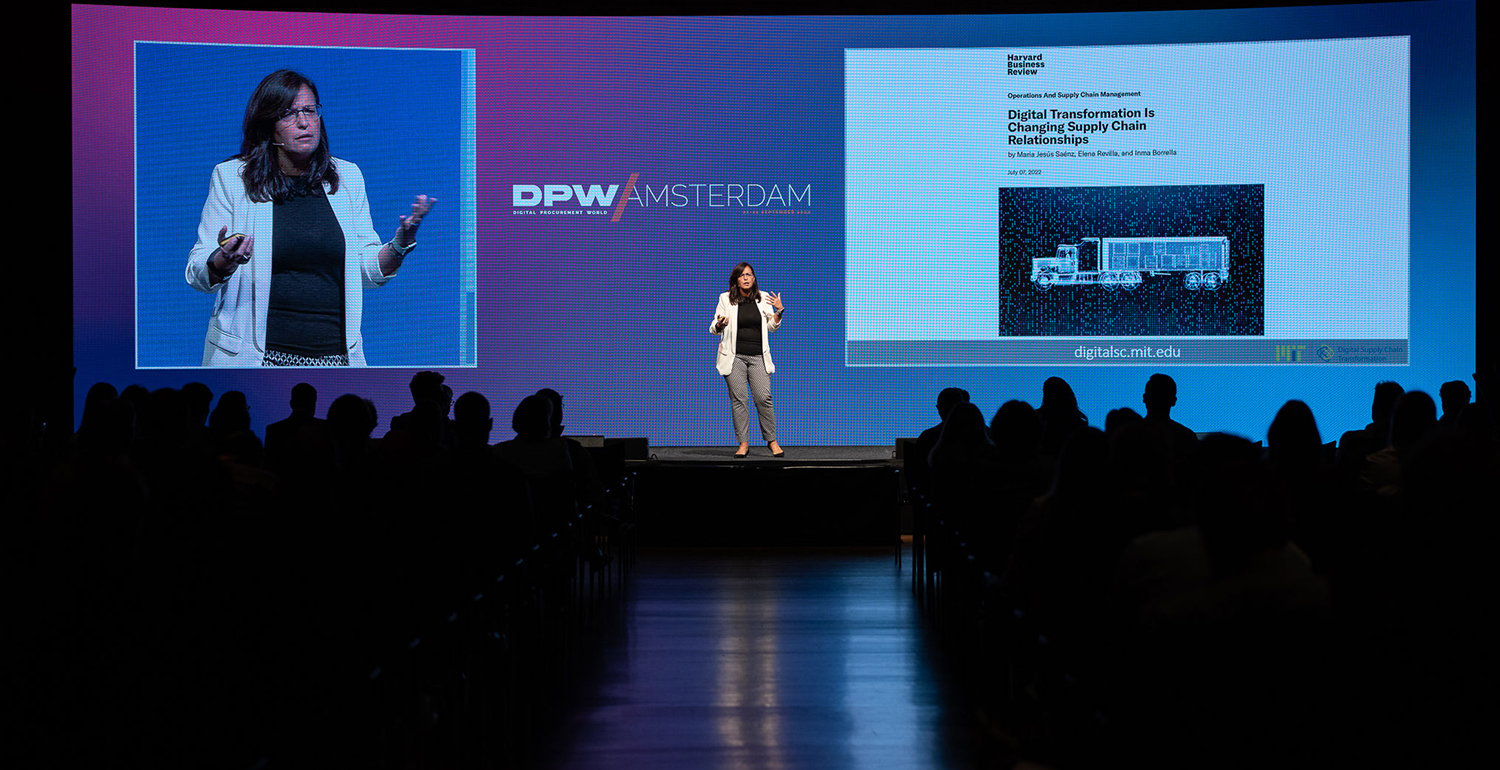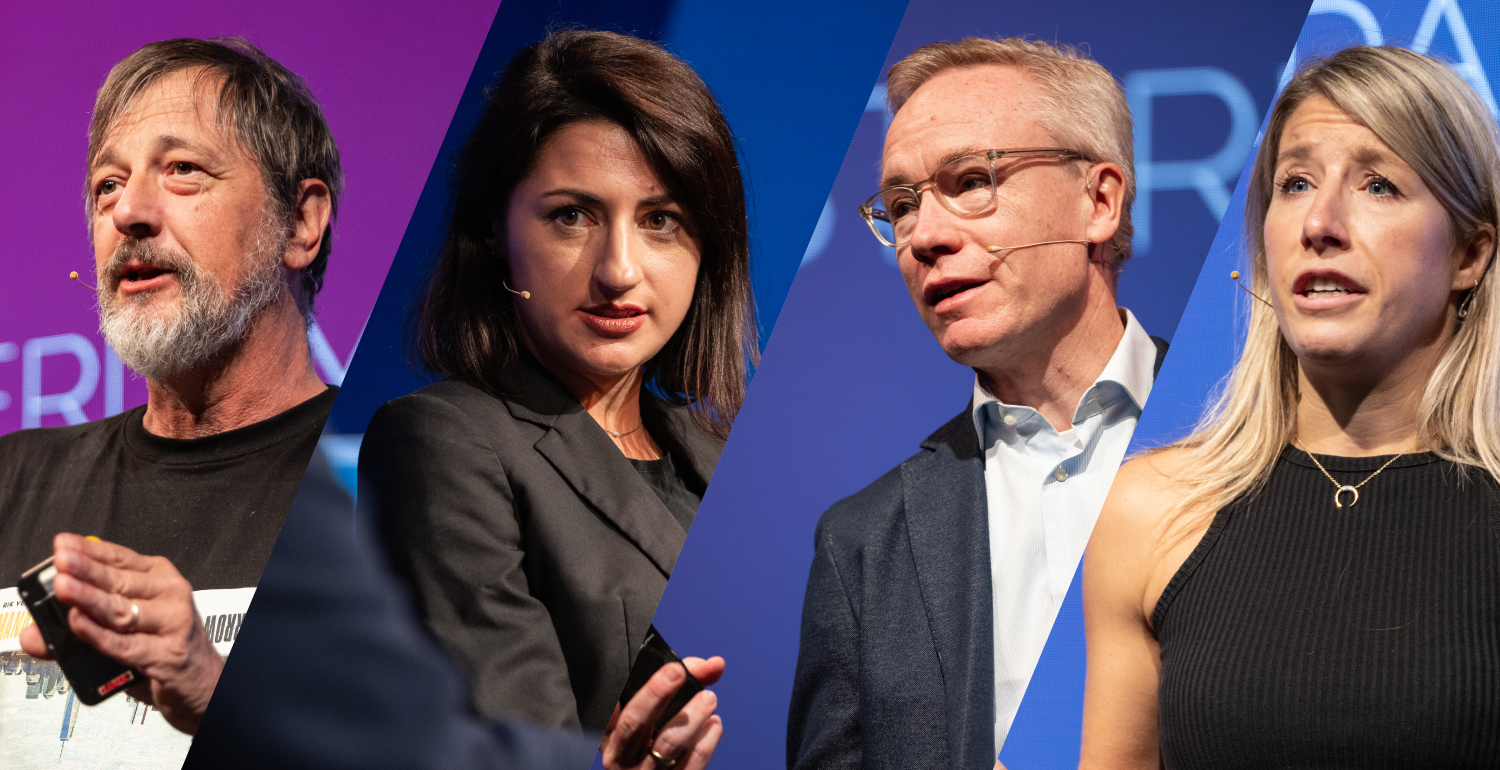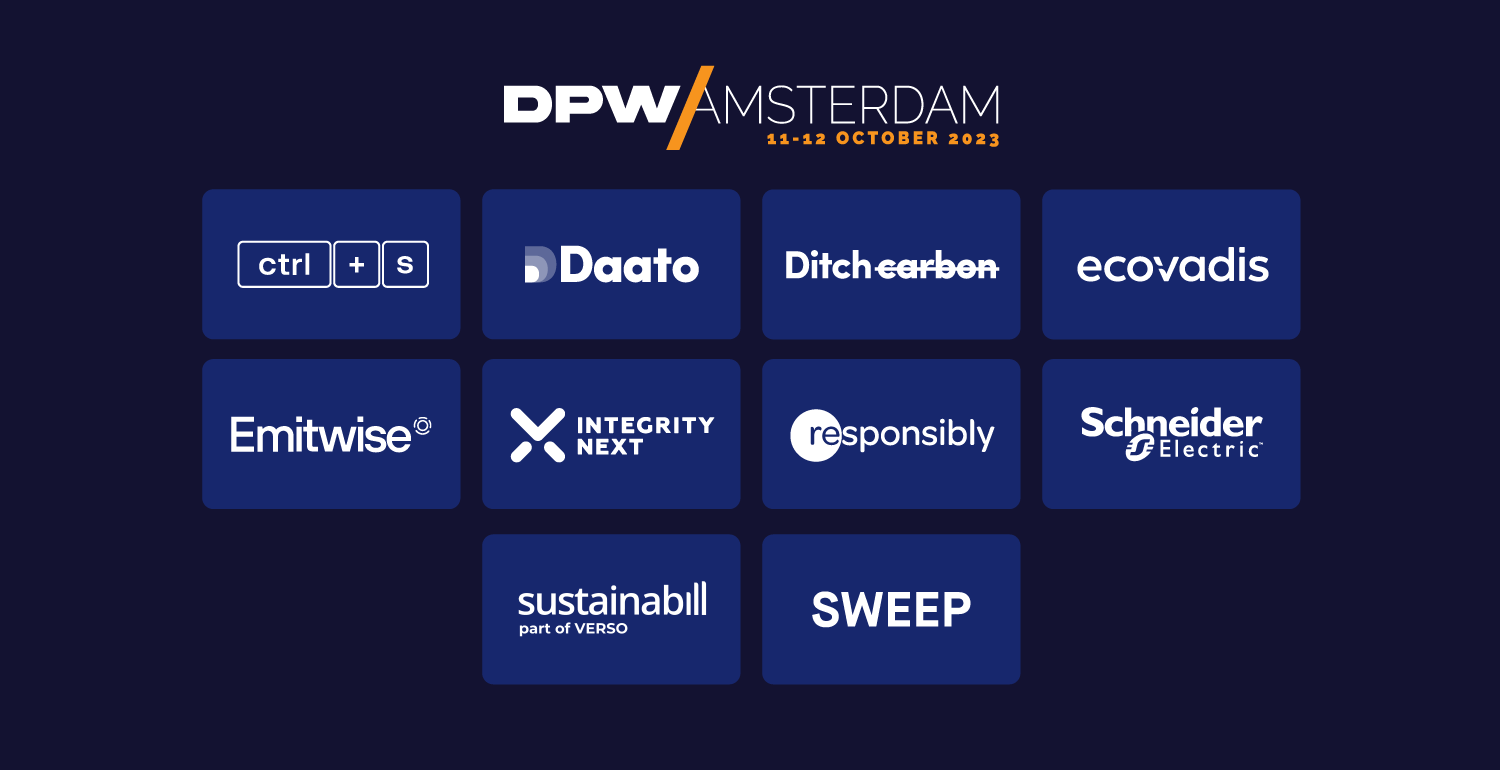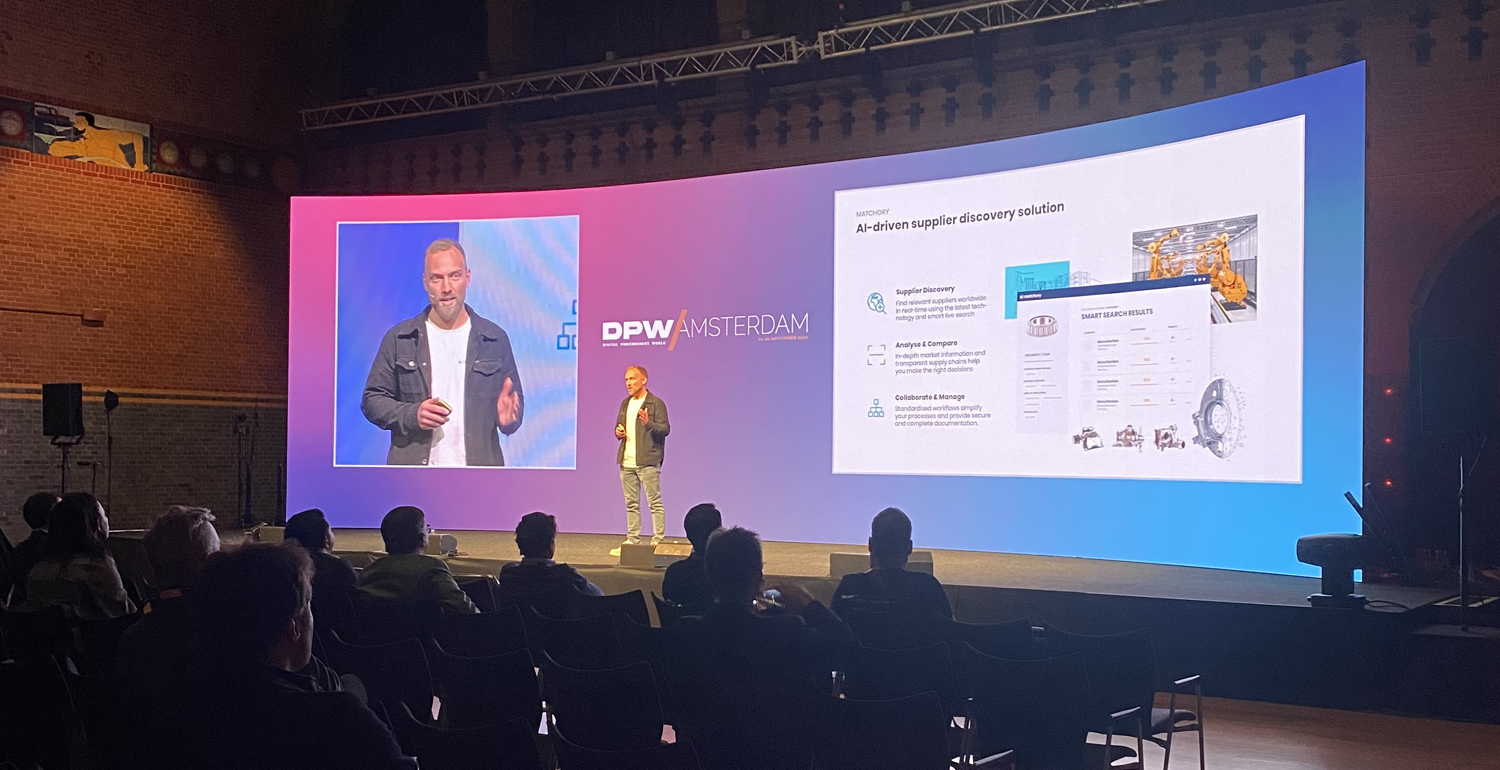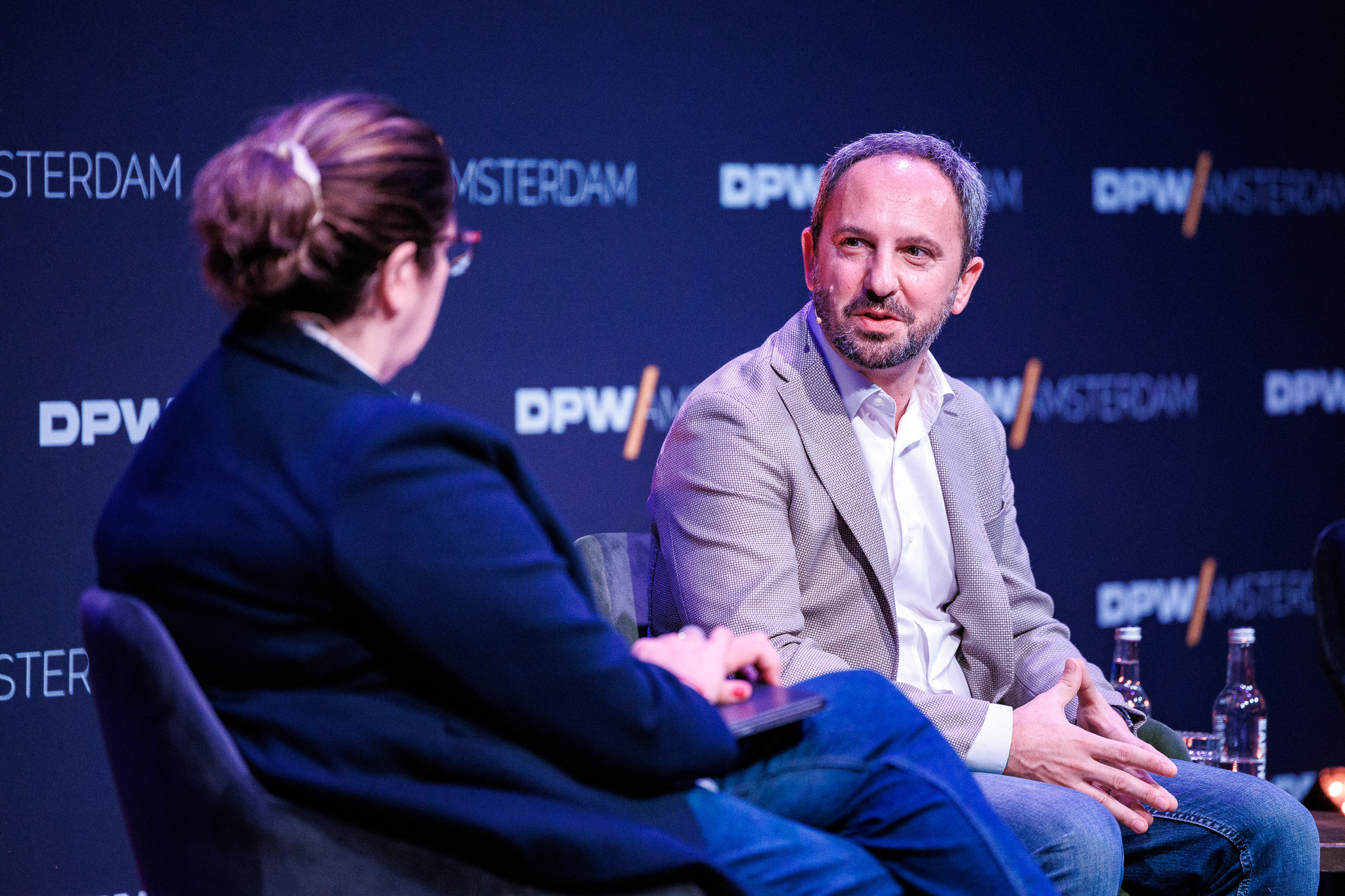Disruptive Procurement challenges status quo, drives value and innovation.

As was noted by Globality’s Keith Hausmann during the introductions: “the world continues to force procurement’s hand.” To meet these challenges in a fast-changing and volatile world, procurement must improve agility and resilience, win the fight for talent, mitigate the risks of supply chain disruption, and find new, more sustainable ways of doing things—digitization being the great enabler of this transformative, broader agenda.
For our latest CPO Catalyst roundtable, we gathered a group of procurement leaders along with special guest Claudia Crummenerl, Global Practice Lead Workforce, and Organization, Capgemini Invent, to discuss how to lead effectively in the digital age and successfully adopt new technology to enable the function to add strategic value and impact.
Crummenerl began by highlighting how effectively engaging with teams and business partners throughout the process is critical but emphasized that for fundamental and lasting transformation to take place, organizations must be prepared to shift mindsets and nurture a culture of change.
The group then moved onto the dynamics of change and how leaders can fight inertia and create an environment where an innovative mindset and approach flourishes – leading onto an in-depth discussion which highlighted five main takeaways:
1. Digitalization and technological innovation are key drivers of behavioral change within an organization.
Many of the things procurement wants to get out of digitalization and innovation really are behavioral changes within the enterprise. Technology is a great trigger for change so long as it is supported by clear communication of the benefits, both for individuals and the wider organization. It is important to keep the big picture in mind and remember that technology is still driven by people.
As one participant noted: “We have to make sure that these technologies are really achieving the intended behavioral change and bringing to life that new experience or different business outcome that we’re driving for.”
2. Using lighthouse examples of early adopters and clearly communicating value-adds encourages others to follow.
The key is not trying to convince everybody at once. Starting with the path of least resistance and piloting successful programs with changemakers and influencers – using them as lighthouse examples – enables procurement leaders to then leverage that success and create a movement, slowly convincing the cynics.
This means clearly identifying and communicating the added value digitization will bring, not just for the company but also the personal benefit to each employee. Any personal concerns or fears employees may have should be dealt with head-on. This is even more important if a senior leader is blocking progress, it is imperative to find out what their objections are and address those concerns.
3. Every company is unique – so should its transformation strategy and culture be.
“The dangerous thing is, if you look at things other companies have done, they may not work for your company because culture is a tricky beast,” noted Crummenerl, explaining that corporate culture is singularly unique, born of both the implicit and explicit factors that drive each organization.
very company has different goals and objectives, legacy systems, and its own appetite for change—each of these elements needs to be considered when building an effective digital transformation strategy. Doing what somebody else did could be a recipe for failure because every company is unique. Instead, CPOs should create a change pathway that fits their organization’s particular culture, recommended Hausmann.
4. The power of recognition—encourage an innovative mindset.
CPOs should model and spotlight the transformative behavior they want to encourage – promoting an innovative mindset by recognizing those within their teams who have taken the initiative to attempt a transformation or implement a change. Even if it’s a work-in-progress and has yet to see success, celebrating the risk taken is a good way to show the value and encourage others.
“We made a very conscious effort to recognize people for the behaviors we wanted to reproduce. So anytime someone was successful or used something properly, and it achieved a good outcome or even if people were making really great progress on implementation, we celebrated. We announced, we rewarded,” shared one participant.
5. Broadening procurement’s definition of what is valued.
As procurement’s agenda widens, so must its values. If the function only focuses on the traditional priorities of cost savings and spend under management, then it will never increase its influence across the organization or be able to add strategic value.
Instead, forward-thinking leaders should use technology to look after these core tasks and focus their team’s energies and talents on high-value areas such as ESG and improving the buyer experience. This naturally leads onto broadening the definition of what a CPO values in their people – identifying the traits and competencies that are required to build the high-performing procurement team of tomorrow.
Click here to find out more about how digital transformation can help achieve the Future of Procurement.




